Research Articles
Kitap Tanıtımı (Kitâbiyat)
Issue Editorial Board
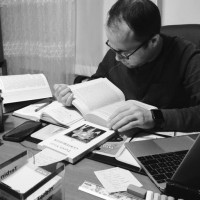
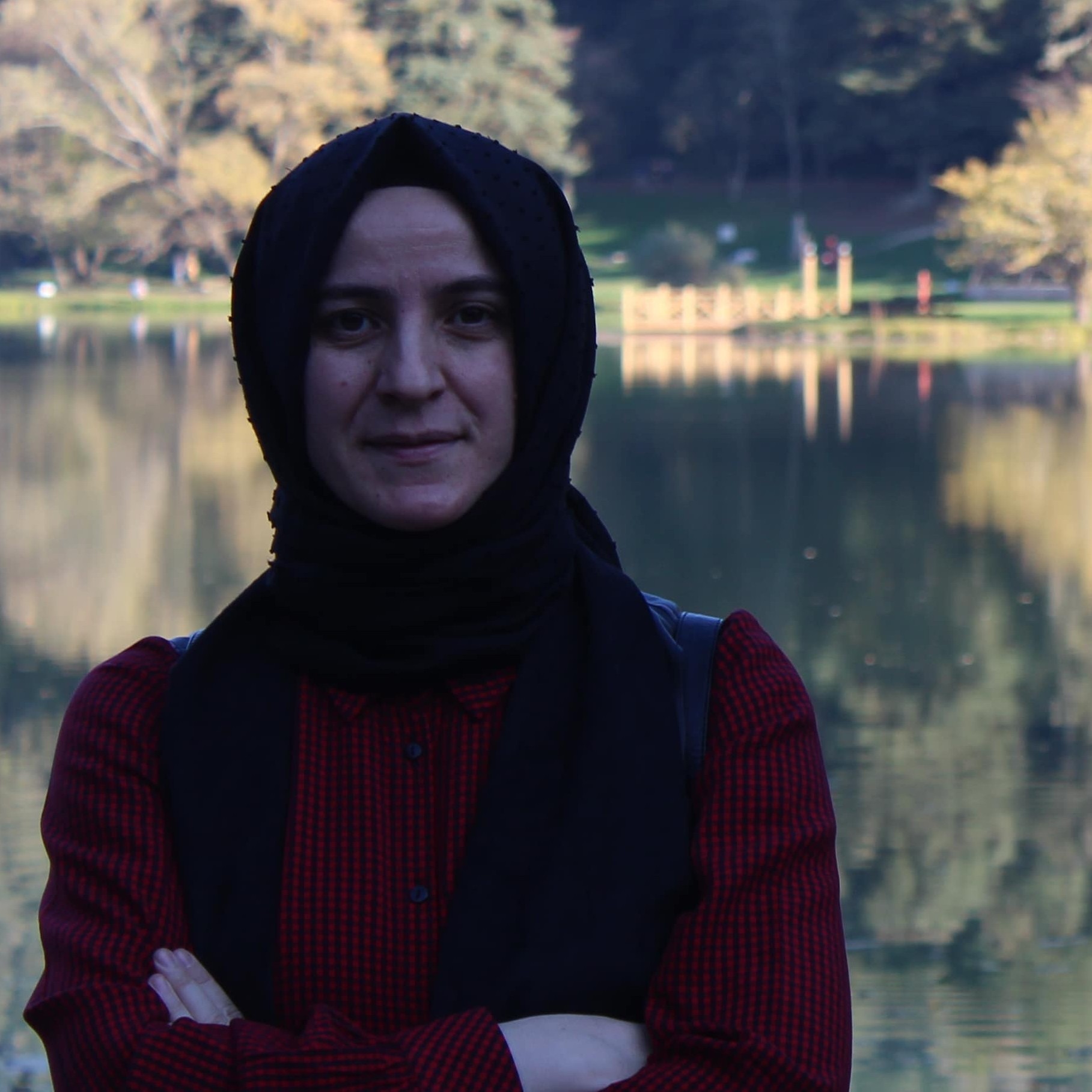
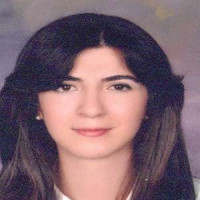
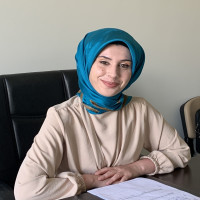
Issue Reviewers

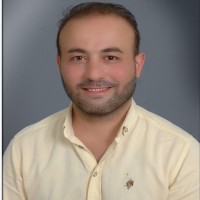

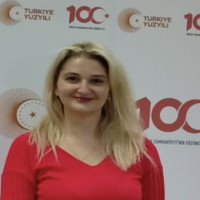

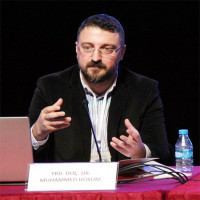


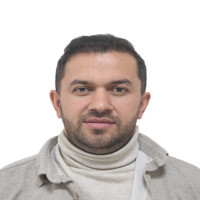
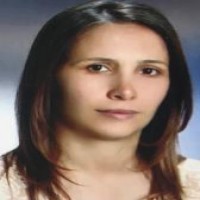

Aim & Scope
KARABÜK TURKOLOGY JOURNAL is a scientific, international refereed journal published twice a year. KARABÜK TURKOLOGY JOURNAL contains scientific articles on Turkish language, literature and culture, based on research, which will make original contributions to the field and have not been published anywhere before.
1. KARABUK TURKOLOGY JOURNAL is a scientific, international refereed journal published twice a year under the auspices of Karabük University Rectorate.
2. KARABUK TURKOLOGY JOURNAL contains scientific articles on Turkish language, literature and culture, based on research, which will make original contributions to the field and have not been published anywhere before. The legal responsibility of the articles belongs to the authors. The copyright of the article is accepted to be given to KARABÜK TURKOLOGY JOURNAL without charge. No fee is charged for the publication of the articles.
3. Whether the articles to be published in KARABÜK TURKOLOGY JOURNAL are scientifically and technically suitable for publication is evaluated by the Editorial Board of the Journal. The manuscripts that are deemed suitable are sent to two referees from different universities who are experts in their fields and to the third referee when necessary. Articles that receive "approval" from at least two referees can be published in KARABÜK TURKOLOGY JOURNAL.
4. Manuscripts that are not deemed appropriate for publication by the Editorial Board or the Referee Committee are not returned to their authors.
5. The legal, scientific and ethical responsibility of the articles published in KARABÜK TURKOLOGY JOURNAL belongs to their authors.
6. Articles published in KARABÜK TURKOLOGY JOURNAL can be quoted - to a limited extent - by citing the source.
7. The publication language of KARABÜK TURKOLOGY JOURNAL is Turkish. However, articles can be published in English, Arabic, German, French, French, Russian and Persian languages, provided that they do not exceed 30% of the published articles. Articles submitted in foreign languages may be published in Turkish.
Author Guidelines
Article Writing Rules
1. Manuscripts should be written in Times New Roman (special fonts may be used, provided that they are partial), in 11-point font and single-spaced.
2. Articles should include the title in English (10 pt.), abstract in English and five keywords immediately below the title in Turkish (14 pt.) in capital letters. Turkish abstract and English abstract should be included separately and before the beginning of the article. The Turkish abstract and English abstract should be maximum 700 words.
3. The author's name should appear immediately below the title, and his/her title and institution should be written with a footnote "*". The person submitting the manuscript should also clearly write his/her address, phone numbers and e-mail for communication.
4. Manuscripts should be sent in triplicate and on diskette.
5. Submitted articles should not exceed 40 pages (excluding the supplementary document for the article).
6. The Turkish Language Association's Spelling Guide should be followed in articles and abbreviations.
7. One of Timesefras, Munevver, Oktay New Transcription or Timestrans fonts will be used in translated text studies. Transcriptions submitted in fonts other than these will not be accepted. These fonts will only be used in the text. In the "introduction, review, conclusion, etc." sections of the articles, Times New Roman character will be used as stated in Article 1.
8. Those submitting translations should also send a sample of the original text and bibliographic bibliography to the journal.
9. The following rules should be followed while footnoting the articles and preparing the bibliography:
a. Footnote system will be applied for in-text citations or references. Footnotes will be written in Times New Roman font and 10 points.
If the article is to be cited;
Author's name and surname, "Article title", Name of the journal in which the article was published, Volume and issue number, place and date of printing, page.
Example: Faruk Kadri Timurtaş, "Old Anatolian Turkish", Turkish World Handbook, C. II, 2nd bs., Turkish Culture Research Institute Publications, Ankara 1992, pp. 120-145.
If the book is to be cited;
Author's name and surname, Book title, place and date of printing, page number.
Example: Ahmet Caferoğlu, Turkish Language History I, Istanbul 1970, p. 48.
If it will continue to give examples from the same work;
Author's name and surname, a.g.e., p. 48
Example:
Ahmet Caferoğlu, a.g.e., p. 40.
If the thesis is to be cited;
Author's name and surname, Name of the thesis, Name of the university and institute where the thesis was done (Unpublished Master's/Doctoral Thesis), Name and date of the province where the thesis was done.
Example: Mertol Tulum, Sinan Pasha, Maarifname, Metin ve ki'li Birleşik Cümleler Üzerine Bir İnceleme (Unpublished Associate Professorship Thesis), İstanbul 1978.
b. In the bibliography section at the end of the article, the references should be cited as described above, with the only difference being that they should be cited in alphabetical order, in 10 pt. font size, as "Author's surname, name".
Ethical Principles and Publication Policy
Publication Ethics and Editorial Policy:
KARABUK JOURNAL OF TURCOLOGY (KATUD): Karabuk Journal of Turcology adheres to the highest standards in publication ethics and adopts the principles of ethical publishing published by the Committee on Publication Ethics (COPE), Directory of Open Access Journals (DOAJ), Open Access Scholarly Publishers Association (OASPA), and World Association of Medical Editors (WAME); for the principles expressed under Principles of Transparency and Best Practice in Scholarly Publishing: https://publicationethics.org/resources/guidelines-new/principles-transparency-and-best-practice-scholarly-publishing
The content of the manuscripts submitted to the journal for publication should be compatible with the journal's purpose and scope. The journal prioritizes the publication of original research articles.
General Principles:
Manuscripts that have not been previously published or are not currently under review for publication in another journal and are approved by each author are accepted for consideration.
Manuscripts that pass the preliminary evaluation are subjected to the iThenticate plagiarism scanning program. Authors are informed if plagiarism/self-plagiarism is detected. After the plagiarism review, eligible manuscripts are evaluated by the Editor for their originality, methodology, importance of the topic addressed in the article and suitability for the scope of the journal. If necessary, the Editors/Editor may subject the article to plagiarism checks at various stages of the review or production process. High similarity rates may result in an article being rejected before or even after acceptance. Depending on the type of paper, this is expected to be less than 15% or 30%. Plagiarism, duplication, false authorship/confessed authorship, research/data fabrication, article slicing, slicing and dicing, copyright infringement and concealment of conflict of interest are considered unethical behavior. All articles that do not comply with accepted ethical standards are removed from publication. This includes articles containing possible irregularities and nonconformities detected after publication.
Abstracts presented at scientific meetings are accepted as references provided that they are mentioned in the article. If the submitted manuscript complies with the formal guidelines, the editor submits the manuscript to the evaluation of two referees from Turkey and/or abroad; the editor approves the publication of the manuscript after the changes deemed necessary by the referees are made by the authors.
After the manuscript is submitted to the Journal for publication, none of the authors' names can be deleted from the list of authors without the written permission of all authors, and a new name cannot be added as an author and the order of authors cannot be changed.
Articles, pictures and photographs that are not accepted for publication will not be sent back to the authors. All rights of the published articles and pictures belong to KARABÜK TURKOLOGY JOURNAL (KATUD). By submitting an article to the journal, the author is deemed to have accepted the copyrights to KARABÜK TURKOLOGY JOURNAL (KATUD) without demanding a royalty fee.
Authors' Responsibility:
The compliance of the articles with scientific and ethical rules is the responsibility of the authors. The author must ensure that the article is original, has not been published elsewhere, and is not under consideration for publication elsewhere, in another language. Applicable copyright laws and treaties should be observed. Copyrighted material (e.g. tables, figures or large quotations) should be used with appropriate permission and acknowledgment. The work of other authors, contributors or sources cited should be used appropriately and cited in the references.
All individuals who did not meet the criteria for authorship but contributed to the study should be listed in the "acknowledgments/information" section. Examples of these include those who provided only technical support, helped with writing, or provided only general support, financial and material support.
All authors should declare any financial relationships, conflicts of interest and competition of interest that have the potential to influence the results of the research or the scientific evaluation. If an author identifies a significant error or inaccuracy in his/her published manuscript, he/she has the responsibility to immediately contact and cooperate with the editor for correction or retraction.
Editor and Reviewer Responsibilities and Review Process:
Manuscripts submitted to KARABUK TURKOLOGY JOURNAL (KATUD) are subjected to a double-blind refereeing system. After the plagiarism check, eligible manuscripts are evaluated by the editor-in-chief in terms of originality, methodology, importance of the topic covered and compatibility with the scope of the journal. The Editor-in-Chief ensures that the manuscripts undergo double blind review in a fair manner, and if the manuscript meets the formal guidelines, he/she submits the manuscript to the evaluation of at least two referees from Turkey and/or abroad, and if the referees deem it necessary, they approve the publication of the manuscript after the requested changes are made by the authors.
Editors/Editor evaluate the articles objectively in accordance with scientific and ethical rules. They ensure that the articles submitted for publication undergo double blind peer review in a fair manner. They guarantee that all information regarding the submitted articles will remain confidential until the article is published. Editors/Editor are responsible for the content and overall quality of the publication. They should publish error pages or make corrections when necessary.
The Editor-in-Chief does not allow any conflict of interest between authors, editors and reviewers. He has full authority to appoint referees and is responsible for making the final decision on the articles to be published in the Journal.
Reviewers objectively evaluate the articles in accordance with scientific and ethical rules. They should not have any conflicts of interest with the authors and/or financial supporters of the research. They must reach an impartial judgment at the end of their evaluation.
Reviewers should identify published studies on the subject that are not cited by the authors. They should ensure that all information about submitted manuscripts is kept confidential and report to the editor if they discover any copyright infringement or plagiarism on the part of the author. If the referee does not feel qualified to review the manuscript or is unlikely to be able to provide timely feedback, he/she should inform the editor and ask him/her to exclude him/her from the review process.
During the review process, the editor makes it clear to the reviewers that the manuscripts submitted for review are the private property of the authors and that this is a privileged communication. Reviewers and editorial board members may not discuss articles with other individuals. Reviewers are not allowed to make copies of the articles for themselves and may not give the articles to anyone else without the editor's permission. Reviewers' revisions may not be published or disclosed without the permission of the author and the editor. Care must be taken to keep the identity of the reviewers confidential. In some cases, with the decision of the editor, the comments of the relevant reviewers on the article can be sent to other reviewers of the same article to enlighten the reviewers in this process.
Research Ethics:
The journal upholds the highest standards of research ethics and adopts the international principles of research ethics defined below. It is the responsibility of the authors to ensure that manuscripts comply with ethical guidelines.
- The principles of integrity, quality and transparency must be ensured in the design, review of the design and conduct of the research.
- The research team and participants should be fully informed about the purpose, methods and anticipated potential uses of the research, and the requirements and risks, if any, of participation in the research.
- Confidentiality of information provided by research participants and confidentiality of respondents must be ensured. The research should be designed to protect the autonomy and dignity of the participants.
- Research participants should take part in the research voluntarily and should not be under any coercion.
- Harm to participants should be avoided. The research should be planned in a way that does not put participants at risk.
- Research independence must be clear and explicit; any conflict of interest must be stated.
- In experimental studies with human subjects, written informed consent must be obtained from participants who decide to participate in the research. - Consent must be obtained from the legal guardian of children and those under guardianship or with a confirmed mental illness.
- If the study will be carried out in any institution or organization, approval must be obtained from this institution or organization that the study will be conducted.
- In studies with a human element, it should be stated in the "method" section that "informed consent" has been obtained from the participants and ethics committee approval has been obtained from the institution where the study is conducted.
PRINCIPLE OF OPEN ACCESS:
Price Policy
The legal responsibility of the articles belongs to the authors. The manuscript is accepted to be submitted to KARABÜK TURKOLOGY JOURNAL without charge. No fee is charged for the publication of the articles. KARABÜK TURKOLOGY JOURNAL (KATUD) provides all content free of charge to the reader or the organization to which the reader belongs. Readers can read, download, copy, search and link to the full text of journal articles without permission from the publisher or author, except for commercial purposes. This is in line with the BOAI definition of open access.


